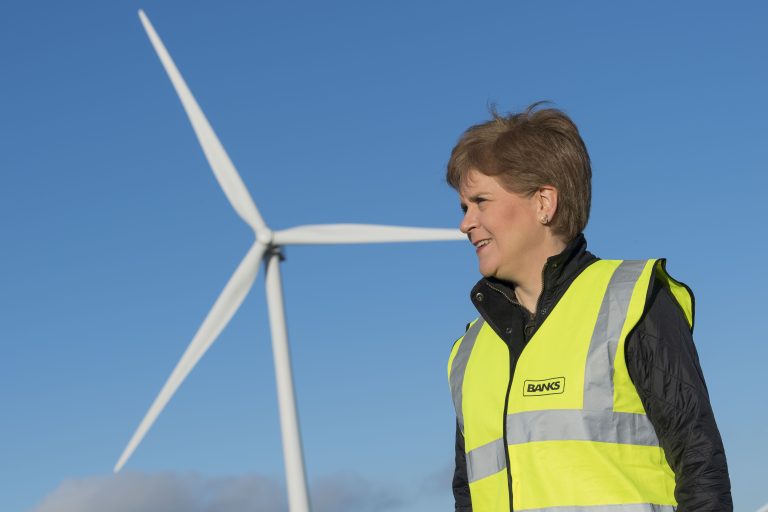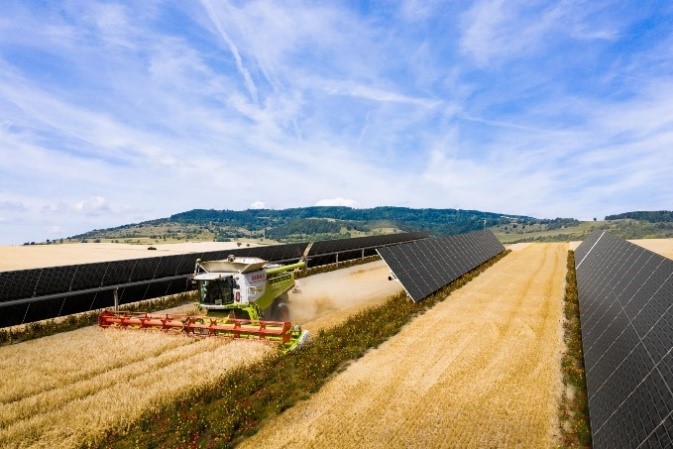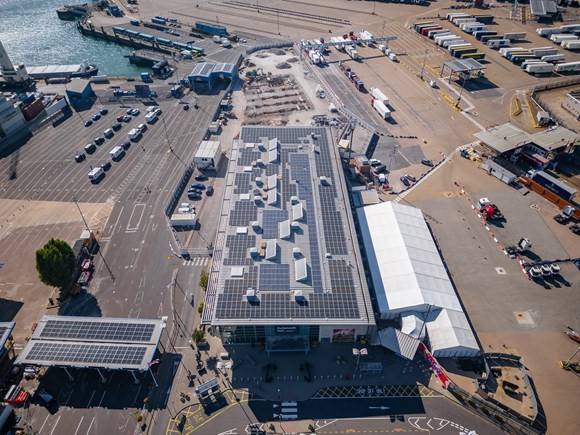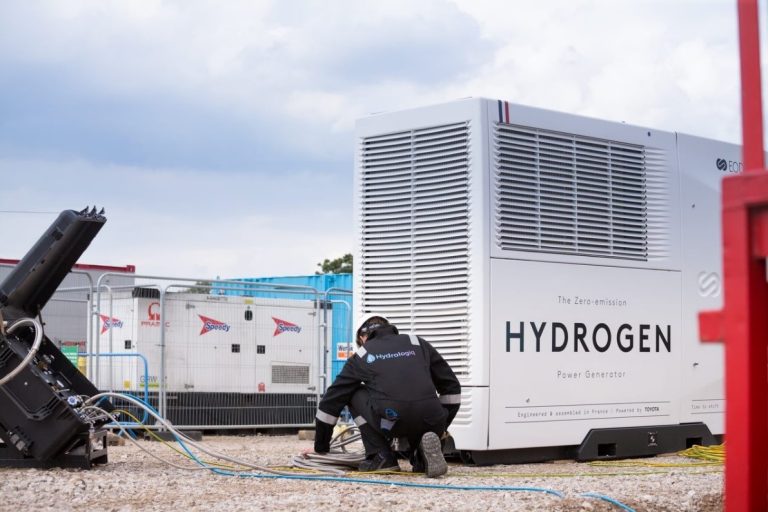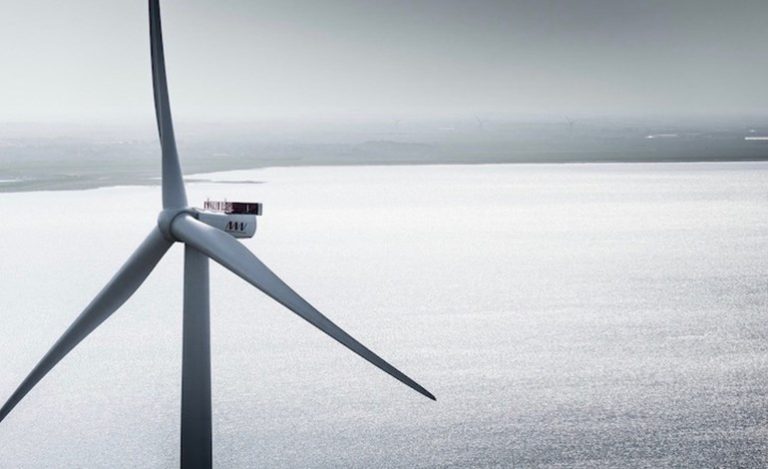An exciting new stage of a ground-breaking solar generation system at Portsmouth International Port has been reached, with 888 solar panels now been switched on. The scheme has been managed by Portsmouth City Council’s in-house energy services team, supported by Portsmouth International Port‘s engineering department. Installation began in February 2022 by specialist contractors Custom Solar, and incorporates roof-mounted solar panels across a number of buildings, a large battery and solar canopies. The solar panels mounted on rooftops around the port have now been switched on. They are now generating 400kWp of renewable energy that can be used to reduce consumption at the port, or can be exported back to the grid. This is just a third of the total number of solar panels installed at the port over the past year. Once they are all switched on, the power produced by all 2,660 panels will contribute around 35% of the port’s energy needs. This will be a big step forward for Portsmouth International Port’s ambition to reach net-zero by 2030. From L-R: Tony Denney, Custom Solar, Owen Hughes; Portsmouth City Council’s energy services team; Cllr Kimberly Barrett, Cabinet member for Climate Change and Environment at Portsmouth City Council and Elly Howe, Portsmouth International Port, stood in front of the equipment that turns solar energy into power the port can use When fully commissioned in January 2023, the 1.2 megawatt peak system will be the council’s largest solar and battery installation to date. The project has broken new ground for the council and in the national context. The port is the first in the UK to have solar canopies, and also recently won the ‘Commercial Solar and/or Storage Project of the Year’ award at Solar & Storage Live 2022 Awards. The system will also include a 1.5 megawatt hour battery, which is enough power to run a typical home for 4 months. It will capture green power that can then be used at the port at another time, such as to power lights at night. When complete, it is estimated that in peak conditions that 98% of the electricity consumed by the port could come from the combined solar and battery installation. Owen Hughes from Portsmouth City Council’s energy services team showing Cllr Kimberly Barrett the technology that turns the power from the sun into usable energy Cllr Kimberly Barrett, Cabinet member for Climate Change and Environment at Portsmouth City Council said: “It is the council’s priority to support clean growth. I’m delighted that we’ve met our target to begin generating clean energy at the port by the end of 2022. “I’d like to personally thank the energy services team at the council and the engineers at Portsmouth International Port for all their efforts. It shows that by working across the council, we can achieve our important ambitions. “When fully operational, the scheme will reduce annual emissions by 239 tonnes at this busy site. We’re committed to take positive action to tackle climate change, and this cut in emissions will boost our efforts to reduce carbon emissions across the city to net-zero by 2030”. James Hill, director of housing, neighbourhoods and building services at Portsmouth City Council added: “I am really pleased that our energy services team have been able to support the port with this exciting initiative. The team have gone from strength to strength with a range of services to support residents, businesses and our own local authority services to increase our use of renewable energy. “I would encourage anyone interested in their work to contact utilities@portsmouthcc.gov.uk. If you need further guidance in resident energy support, please contact energysaving@portsmouthcc.gov.uk.” This project is all part of an integrated approach at the port, that will eventually allow them to offer shore power for smaller ships, without having to take extra power from the local electricity grid. Councillors from Portsmouth City Council alongside staff from the Energy Services Team, Portsmouth International Port and Custom Solar, who all worked together to make the project a success Jerry Clarke, pilot and senior project manager at Portsmouth International Port added: “The port is owned by the people of Portsmouth, so we have an obligation to reduce the impact of our operations on the environment, whilst reaching the ambitions set out in our 20 year Masterplan. “Our team has worked incredibly hard to help enable this project to happen, and I’d also like to thank Brittany Ferries and their passengers for their patience over the busy summer months whilst the installation took place. “Combined with other sustainability initiatives, it will help us achieve our ambition of reaching net-zero carbon by 2030, and becoming one of the UK’s first zero emission ports by 2050. With government support, we really can make a clean maritime industry a reality”. The work is the latest in a series of solar and battery projects being managed by the council’s in-house energy services team. The team procured Custom Solar after a competitive tender exercise through the council’s recently established PV and Storage framework. Gary Sucharewycz, CEO of Custom Solar, said: “We are delighted to have won the award for Commercial Solar and Storage project of the year. To have been recognised at the main industry awards for such a prestige project that the team have developed from concept, is a great reward for everyone involved. “We have worked with a fantastic client in Portsmouth City Council to have successfully delivered the project through many challenges. We see this as a great case study for how solar and storage can be deployed in major operational environments, with solar car port canopy’s set to play a big role in clients generating their own power and assisting their net zero ambitions to be realised.”




